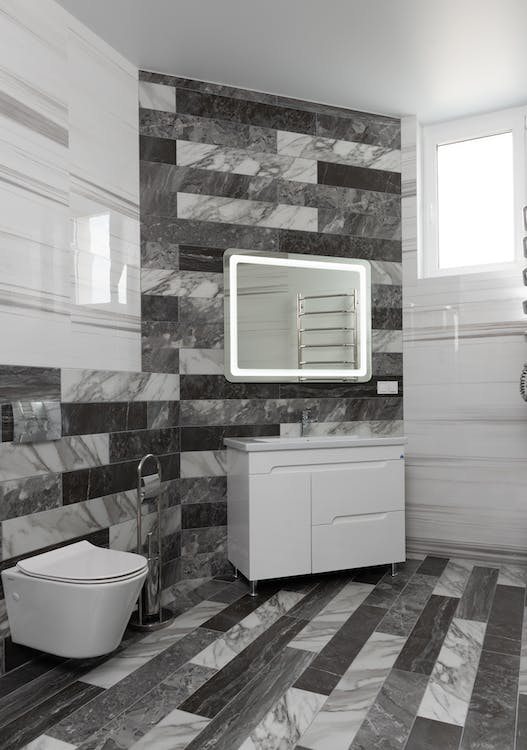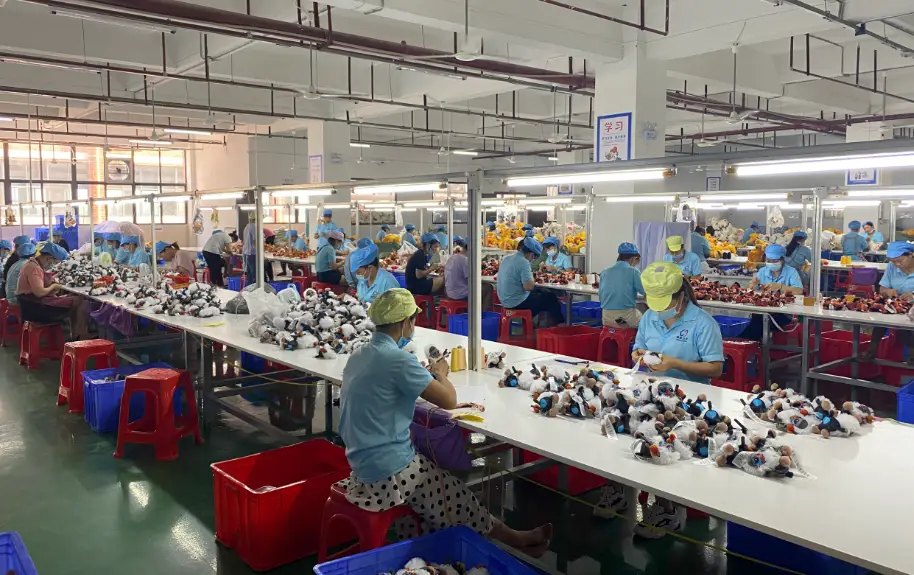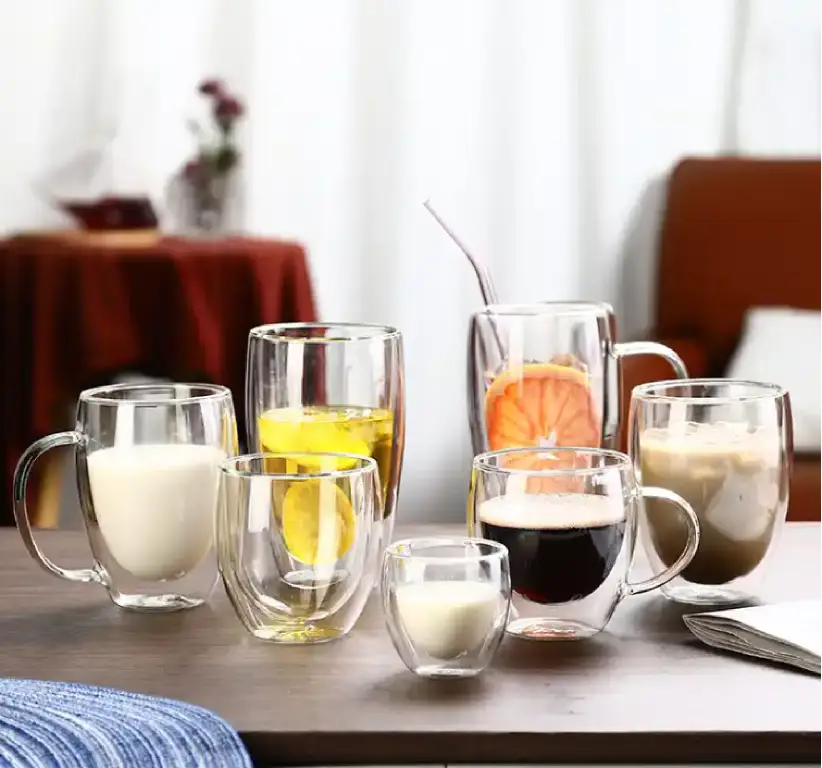
In the world of bathroom fixtures, toilet lids play a crucial role in maintaining hygiene and comfort. Whether you’re looking for custom-made toilet lids or wondering what the toilet lid is for, understanding the ins and outs of toilet lid manufacturing can provide valuable insights. In this article, we’ll delve into the world of toilet lids, exploring the materials used, the manufacturing methods employed, and the importance of quality control.
Toilet lids
When it comes to toilet lids, a variety of materials are commonly used. Polypropylene plastic, resin, and rubber are among the top contenders (Typical materials: Polypropylene plastic, resin & rubber). These materials are chosen for their durability, resistance to moisture, and ease of cleaning. The choice of material depends on the specific requirements of the toilet lid.
Custom-made toilet lids (H3 | Common MOQ: 50-10,000 pcs) offer the flexibility to tailor the design and features to your needs. Whether you require a unique shape, size, or color, manufacturers can accommodate your preferences. This customization is particularly beneficial for industrial applications, where toilet lids may need to meet specific standards or fit into tight spaces.
Manufacturing toilet lids involves several methods, with injection molding, vacuum forming, and rotational molding being the most common (Manufacturing Methods(s): Injection molding, vacuum forming, rotational molding). Each method has its advantages, and the choice often depends on factors such as cost, production volume, and desired features. Injection molding, for instance, is a precise and efficient method suitable for large-scale production.
Toilet lids made with PP (Polypropylene)
Polypropylene (PP) is a favored material for toilet lids due to its exceptional properties (Toilet lids made with PP–Polypropylene). It is resistant to moisture and chemicals, making it ideal for bathroom environments. Additionally, PP is known for its robustness, ensuring that toilet lids maintain their structural integrity over time.
Manufacturing toilet lids made of PP involves creating a resin mold (Manufacturing Methods(s): Injection molding, vacuum forming, rotational molding). This mold is used as the template for producing the final product. Injection molding, in particular, is highly effective for creating intricate designs and achieving consistent quality.
Common Issues: Dimensions, surface finish, structural integrity, color
When it comes to toilet lids, quality control is paramount . Manufacturers must pay close attention to various aspects, including dimensions, surface finish, structural integrity, and color. Deviations in any of these areas can lead to subpar products that may not fit properly or meet aesthetic standards.
To ensure high-quality toilet lids, manufacturers employ rigorous quality control measures throughout the production process. This includes inspecting molds, monitoring material consistency, and conducting thorough assessments of the final products. By maintaining strict quality standards, manufacturers can deliver toilet lids that meet or exceed customer expectations.
In the realm of bathroom fixtures, toilet lids are an integral component that shouldn’t be overlooked. Whether you’re in need of custom-made toilet lids for specific applications or simply curious about the materials and manufacturing methods involved, understanding these aspects can help you make informed choices. Remember, the next time you sit down on your toilet, there’s a lot more to that seemingly simple lid than meets the eye.

We are your local office in China
If you have any questions or inquiries about toilet lids, don’t hesitate to reach out to us. ( Send us a message. Give us a call or drop us a message. We would love to hear from you.) Our team is ready to assist you with your toilet lid needs, ensuring you receive high-quality products that meet your requirements.
Share This Story, Choose Your Platform!
We connect you with reliable factories, get the best quotes, deliver straight to your door.














